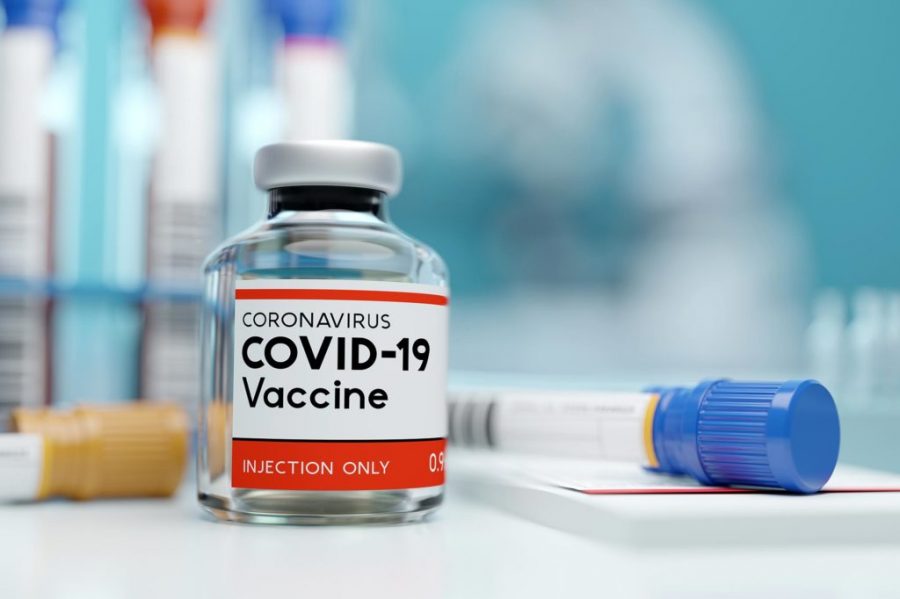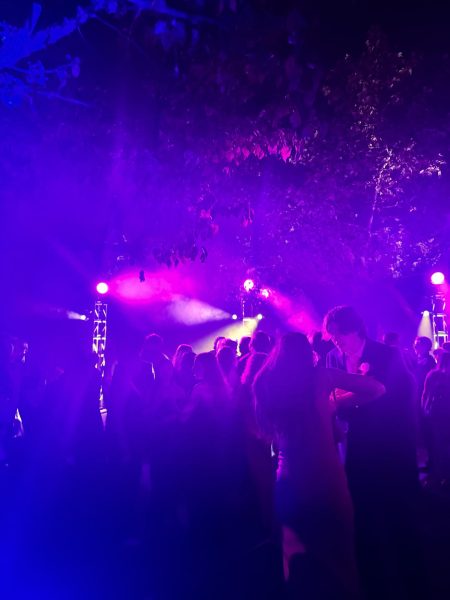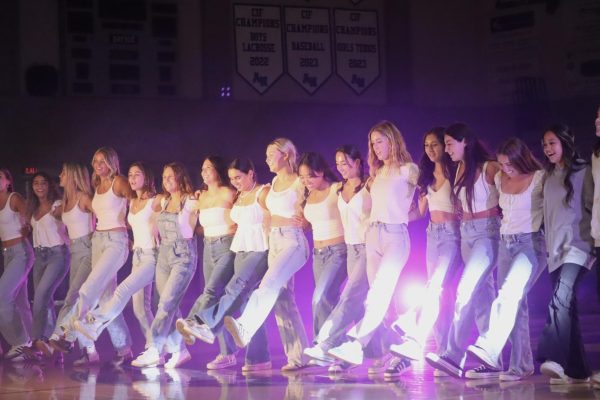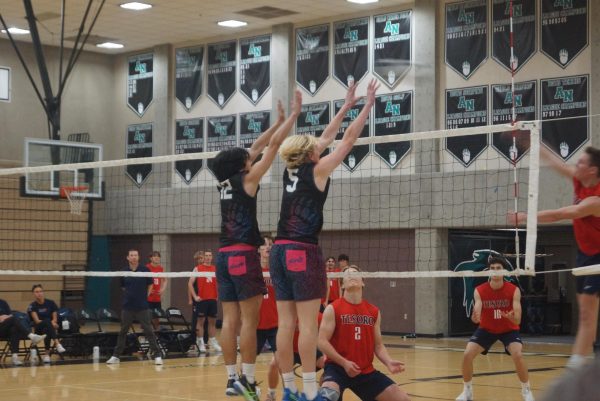The Coronavirus Vaccine and its Race Against the Pandemic
March 16, 2021
The world is attempting to accelerate Covid vaccine distribution, as it faces the spread of varying strains of the virus. In California, tens of thousands of shots are distributed per day as it follows a mass vaccination campaign.
As of Wednesday, Feb.10, the California Department of Public Health reported about 5.1 million of the 7.6 million doses having been distributed. However, these numbers do not distinguish between first and second doses.
About four million of the recorded 5.1 million have been first doses, while about 929,000 have been recorded as the second doses. This means that at least 81 percent of the recorded doses administered have been first doses.
The Covid vaccines that are available require two shots. Pfizer recommends that shots be taken three weeks apart, while Moderna’s is four.
The reasoning behind the two dose system is that it ensures greater coverage and it is what was tested by both Pfizer and Moderna. A Moderna spokesperson told The Hill in December that a double dose would produce the most durable immunity and was not considering the trial of a single dose.
The state has also altered guidelines regarding the vaccine, stating that if one cannot get their second dose within the recommended time period, “second doses may be given up to six weeks (42 days) after the first dose.”
The CDC issued the same guidance in January, stating that the period should only be extended to six weeks if getting the vaccine within that time was “not feasible.” The CDC also tracked on its dashboard that California, through Tuesday, Feb. 9, had administered 12.546 doses for every 100,000 residents.
The state is now ranked 32nd among the 50 states and the District of Columbia, moving up from its 42nd placement from the first week of February.
During the third week of February, California is set to receive 622,100 first doses, which is an increase from the previous 593,700 that were allocated for the second week, according to the CDC. The state’s supply has increased about five percent in each of the past two federal allocations.
This increase in state supply has led to hospital systems and public health clinics to expand access. Sacramento County has begun phase 1B of the vaccine rollout, as they begin to administer doses to those ages 65 and older, as well as law enforcement and emergency service workers.
What people can expect upon receiving their vaccine is that it will help their immune system recognize the outer layers of the virus, thereby stimulating the immune system to create antibodies and become more resistant.
How long the antibodies will last is still under study, but it is predicted that they will remain active for at least four months. A week or so after the second dose, antibodies will be at their peak and then continue to fall off slightly.
Covid-19 is still a very new virus and is still being studied and put under review by professionals. If any readers wish to acquire new information, the CDC’s website is regularly updated.










